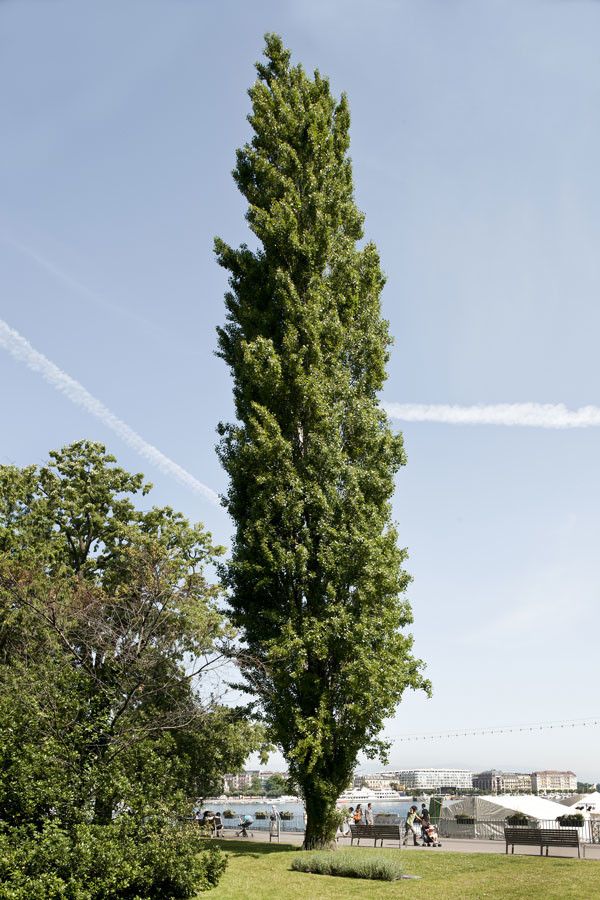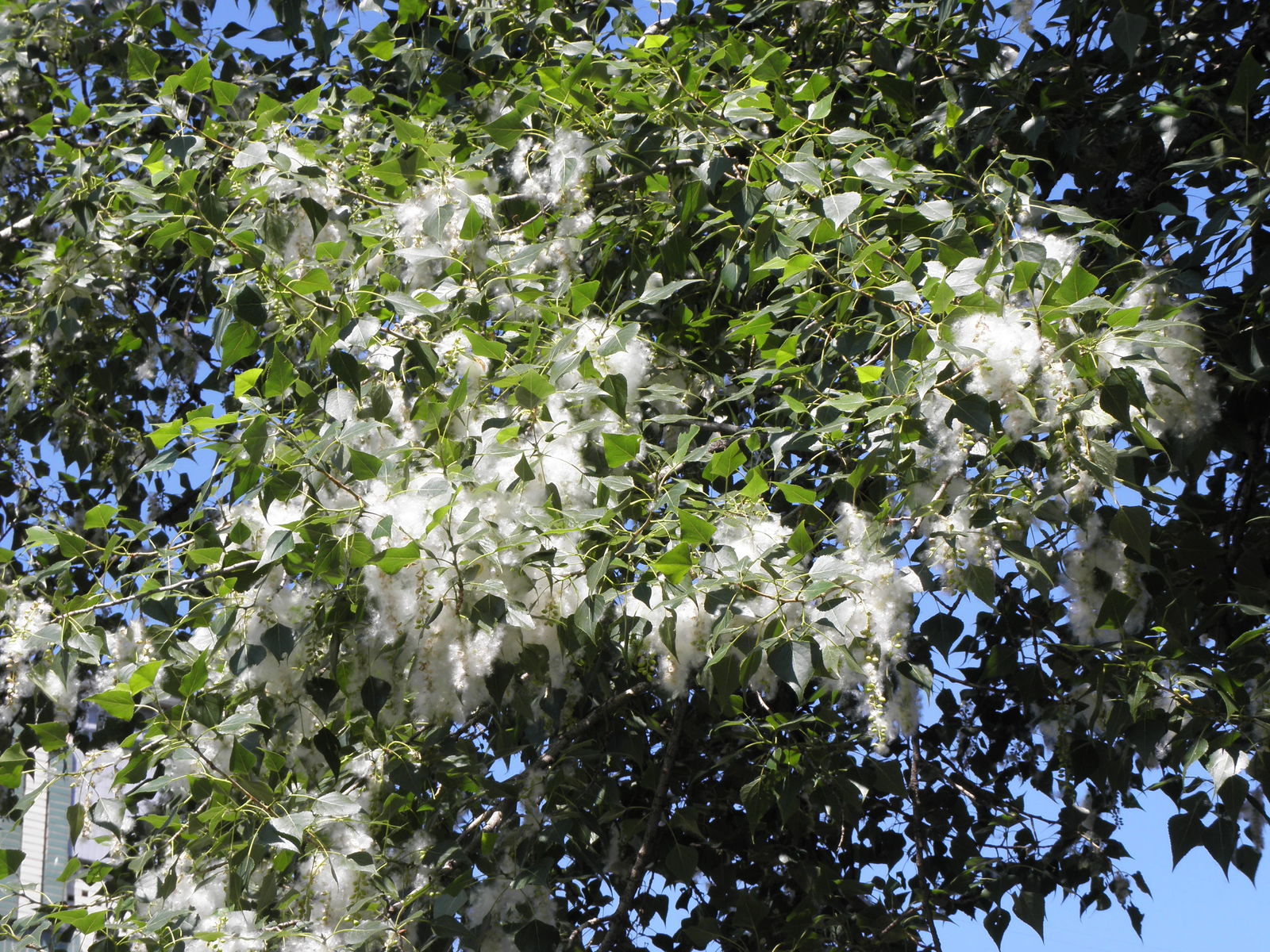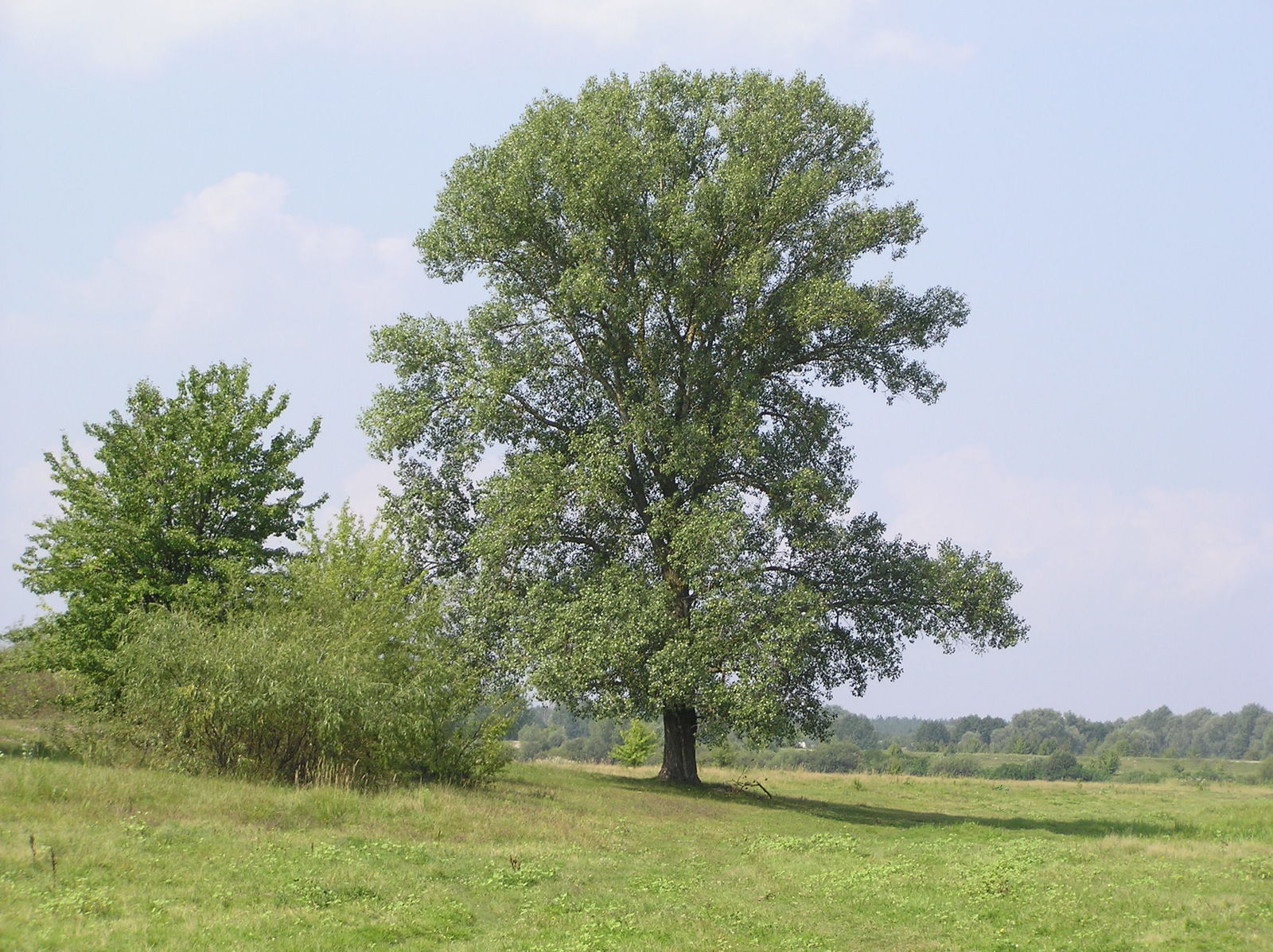Black Poplar
populus nigra
Also known as: ["Black Poplar Tree","Aldo Poplar","Lombardy Poplar"]
Overview
A tall, fast-growing deciduous tree native to Europe and western Asia, known for its distinctive columnar shape and rapid growth rate.
Benefits & Perks
["fast growing","wildlife attractant (bees, butterflies, birds)","shade tolerant"]
Botanical Classification
| Phylum: | Magnoliophyta |
| Class: | Magnoliopsida |
| Order: | Malpighiales |
| Family: | Salicaceae |
| Genus: | Populus |
| Botanical Name: | Populus nigra |
Plant Characteristics
Basic Information
- Category: Trees
- Suitable Location: outdoor planting in open spaces, riverbanks, or parks
- Suitable For:
- Is Weed: No
- Allergenicity: moderate
Environmental Needs
- Climate: {"temperatureRange":"–40–40°C"}
- Hardiness: {"zones":"3–8"}
- Misting: rarely required, only if grown in very dry indoor conditions
- Drainage: Moderate to well-draining; avoid waterlogged conditions.
- Soil Type: Rich, loamy soil with good organic matter; tolerates clay but prefers well-aerated soil.
Maintenance Level
- Maintenance Level: moderate
- Toughness Level: high
- Pruning Frequency: Annually in late winter or early spring; remove hazardous branches as needed.
- Pruning Intensity: Moderate to heavy, depending on tree size and health.
Care Details
Ideal Sunlight Coverage:
Full sun (6–8 hours/day); tolerates partial shade but may grow less vigorously.
Sunlight Tolerance Tips:
Acclimate young trees gradually to full sun; protect from intense midday sun in hot climates; ensure adequate spacing for light penetration.
Care Requirements
Care Difficulty
moderatemoderate
Sunlight
full sun
Avoid sudden light changes; use shade cloth if needed; rotate outdoor placement seasonally.
Watering
every 7–10 days during growing season, less frequently in winter
Water thoroughly until runoff, allow soil to dry slightly between waterings, avoid overhead watering to prevent fungal issues.
Soil
deep, fertile, moist but well-drained loam
pH: Slightly acidic to neutral (pH 6.0–7.5).
Test soil pH annually; mulch to retain moisture; avoid heavy clay amendments unless necessary.
Temperature
Hardy in USDA zones 4–9; tolerates cold winters and moderate heat; prefers temperate climates.
Protect from late frost; water deeply before cold snaps; avoid planting in extreme microclimates.
Fertilizing
every 4–6 weeks during spring and summer
Test soil before fertilizing; apply fertilizer evenly around drip line; water after application.
Propagation
Methods
Softwood cuttings in summer; seeds in autumn; root cuttings in late winter.
Step-by-Step Propagation Guide
- Take cuttings.
- Apply rooting hormone.
- Plant in medium.
- Maintain humidity.
- Transplant when rooted.
Best Time: Summer for cuttings; autumn for seeds; late winter for root cuttings.
Environment
High humidity (70–90%), warm temperatures (65–75°F), indirect light for cuttings; full sun for seedlings.
Medium
Peat-based mix with perlite or sand for cuttings; sterile seed starting mix for seeds.
Hormone
Rooting hormone recommended for cuttings to improve success rate.
Timeline
Cuttings root in 4–8 weeks; seeds germinate in 3–6 weeks; root cuttings establish in 1–2 months.
Tools Needed
Pruning shears, rooting hormone, propagation tray, humidity dome, sterile soil mix.
Quick Tips
Use healthy, disease-free cuttings; maintain consistent moisture; avoid direct sun during rooting.
Pruning & Repotting
Pruning Guide
Method
Thinning cuts to open canopy; heading cuts to control height; removal of crossing branches.
Pruning Plan
Remove dead/diseased branches; shape for structural integrity; reduce wind resistance.
Tools
Pruning saw, loppers, hand pruners, pole pruner, gloves.
Checklist
Sterilize tools; prune during dormancy; make clean cuts; remove 1/3 of growth max per year.
Repotting Guide
Best Season
Early spring before active growth begins.
Pot Size
Increase pot size by 2–3 inches in diameter for container-grown trees.
Method
Use well-draining soil; tease out circling roots; plant at same depth; water thoroughly after transplanting.
Suggestions
Not typically repotted; transplant in the ground or large container every 2–3 years if container-grown.
Checklist
Prepare new pot; trim roots if needed; use fresh soil; water and stake if necessary.
Advanced Care Tips
Watering Mastery
Watering Checklist
Check soil moisture before watering; water deeply; ensure drainage; adjust frequency by season.
How to Apply Water Properly
Water at the base of the trunk, ensuring moisture reaches the root zone; water early morning or late evening to minimize evaporation; ensure proper drainage to prevent waterlogging.
Watering Schedule Tips
Water deeply once per week during growing season; reduce frequency in winter to prevent root rot.
Soil Improvement
Add compost or well-rotted manure; incorporate perlite or sand for drainage; avoid compacting soil.
Temperature Stress Management
Signs of Temperature Issues
Leaf scorch in excessive heat; dieback in prolonged cold; stunted growth in temperature extremes.
Cold Stress
Leaves may drop or turn yellow; branches can die back; root systems may freeze in poorly insulated soil.
Solution: Mulch heavily around the base; wrap trunks with burlap in severe cold; avoid planting in frost pockets.
Hot Stress
Wilting, leaf drop, or scorched leaves; reduced growth; increased susceptibility to pests.
Solution: Provide shade during peak heat; increase watering; use reflective mulch to reduce ground heat.
Fertilizing Guide
Fertilizing Checklist
Check soil pH; follow label instructions; fertilize in spring only; avoid contact with roots.
Fertilizing Method
Use balanced slow-release fertilizer in early spring; avoid over-fertilizing; reduce or stop in late summer to prevent tender growth.
Common Problems & Solutions
Toxicity Warning
Cats
Slightly ToxicCats are more sensitive to salicin and may experience mild to moderate gastrointestinal upset or allergic reactions upon ingestion of Populus nigra parts. The plant should be kept out of reach to prevent accidental consumption.
⚠️ Symptoms:
🌿 Toxic Parts:
⚡ Toxic If:
if eaten
Dogs
Slightly ToxicDogs may experience mild gastrointestinal upset if they ingest parts of Populus nigra. The salicin content can cause irritation, and some dogs may have allergic reactions. The effects are typically not severe but warrant monitoring.
⚠️ Symptoms:
🌿 Toxic Parts:
⚡ Toxic If:
if eaten
Humans
Slightly ToxicPopulus nigra, or black poplar, contains salicin, a compound related to aspirin. Ingestion can lead to mild gastrointestinal irritation and potential allergic reactions in sensitive individuals. The physiological impact is generally mild but can be more pronounced in large quantities or with prolonged exposure.
⚠️ Symptoms:
🌿 Toxic Parts:
⚡ Toxic If:
if eaten
Frequently Asked Questions
Q: Is Populus nigra suitable for urban environments?
A: Yes, it is often used in urban landscaping due to its fast growth and tolerance to pollution.
Q: Does Populus nigra require regular pruning?
A: Yes, pruning is recommended to maintain shape and remove dead or diseased branches.
Q: Can Populus nigra be grown in containers?
A: No, due to its large size, it is best suited for open ground planting.
Quick Reference
| Family: | Salicaceae |
| Care: | moderate |
| Light: | full sun |
| Water: | every 7–10 days during growi |
Get Expert Care Tips
Download the Plantious app for personalized care reminders and plant identification!
Google Play App Store








